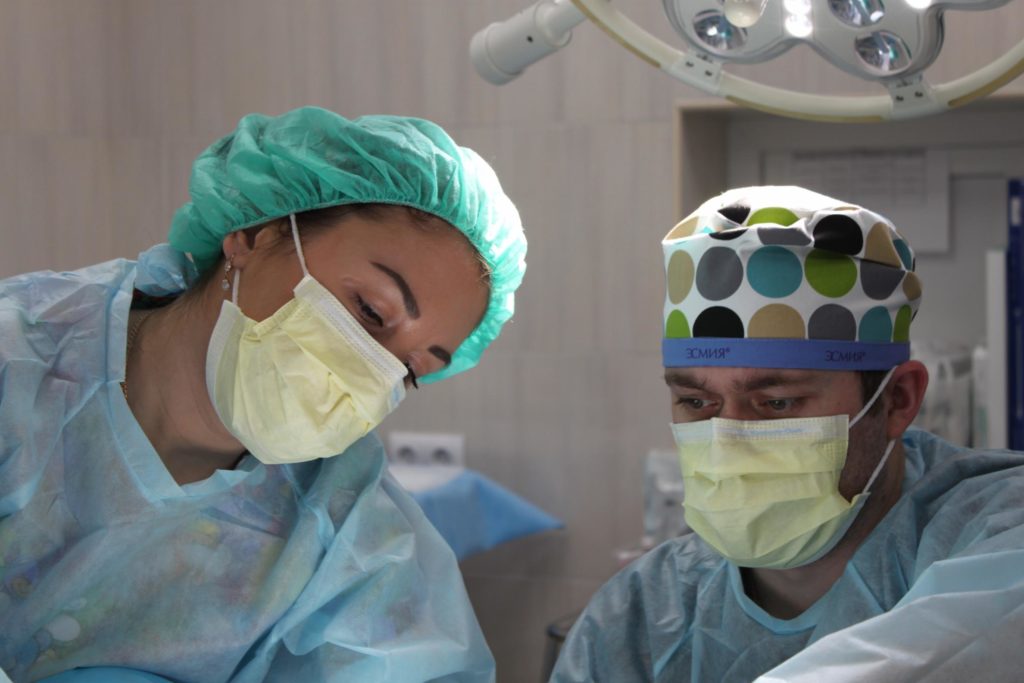
The Purpose of Having an Annual Well Woman Exam
It is understandable to be nervous before your first well-woman examination, but don’t put off arranging your appointment. When you first become sexually active or reach 21, you should arrange your first well-woman checkup. You should also have an evaluation if you have menstruation abnormalities or pelvic discomfort. Well woman exam San Antonio is the only means to identify cervical cancer in its early stages and serves as the first line of defense against disorders of the female reproductive system.
What to anticipate during your initial well-woman examination
A well-woman exam will begin similarly to any other doctor’s checkup. You’ll be asked to fill out documentation about your family’s medical history, any drugs you’re taking, basic demographic information, your menstrual cycle, whether or not you’re sexually active, and whether or not you’ve ever been pregnant. A nurse will collect your height, weight, blood pressure, and any additional questions concerning your intake forms. The following are four parts of well woman’s exam:
1. Breast examination
Breast examinations aid in the detection of early indications of breast cancer. Your gynecologist will examine for lumps or anomalies in your breasts during the breast exam. They will also educate you on how to do a self-examination, which you should do once a month.
2. Physical examination
The physical exam is similar to what your general practitioner would perform at a yearly physical, although getting your physical done at the same time as your well-woman exam can be more convenient.
The gynecologist will review your medical history and inquire about any current problems. Your vital signs, lungs, heart rate, neck, head, abdomen, and reflexes will all be checked. Also, they may request blood tests or a urine sample at times.
3. Pelvic exam
The dreaded pelvic exam aids with the detection of early stages of cancer, sexually transmitted illnesses, and inflammation. Your physician will request that you lie down with your feet elevated on leg supports for the pelvic exam. They will look for redness, irritation, discharge, and other indicators of various disorders on the exterior of your vagina.
The size and position of your ovaries, uterus, cervix, and vagina will next be examined by putting one hand’s fingers into the vagina while the other hand presses down on your belly from the outside. Women over 21 should have a pelvic exam once a year. If you are under 21, you should have a pelvic examination if you have irregular menstruation, vaginal discharge, or pelvic pain.
4. The pap smear
A pap smear can help detect the early stages of cervical cancer. While the speculum is in position, your gynecologist gently introduces a tiny brush or spatula to scrape a tissue sample from your cervix. A pap smear should be painless, but you might experience a momentary pinching sensation. If you are 21 or older and sexually active, you should undergo a pap smear every other year.
Scheduling an annual well-woman examination is an excellent way to guarantee that you get the necessary screenings to stay healthy. You should also make an effort to listen to your body’s messages and see your specialist any time you notice concerning changes. Call LUNA MED SPA & WASHINGTON OB-GYN, P.A., or book your meeting online to determine which well-woman exam procedures suit you.
